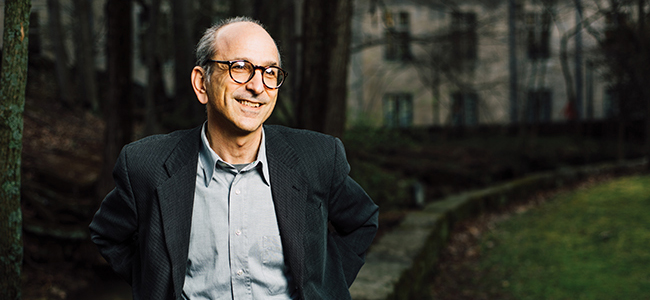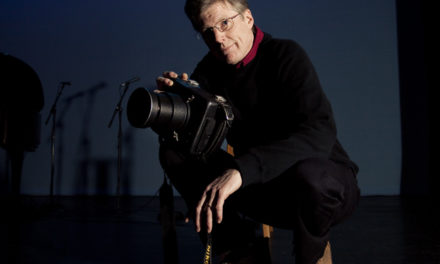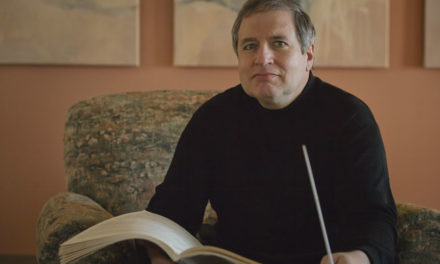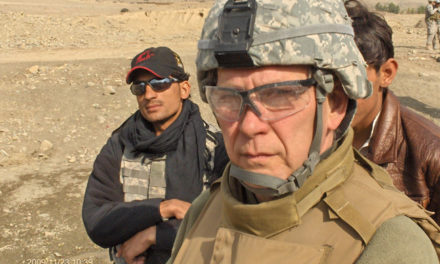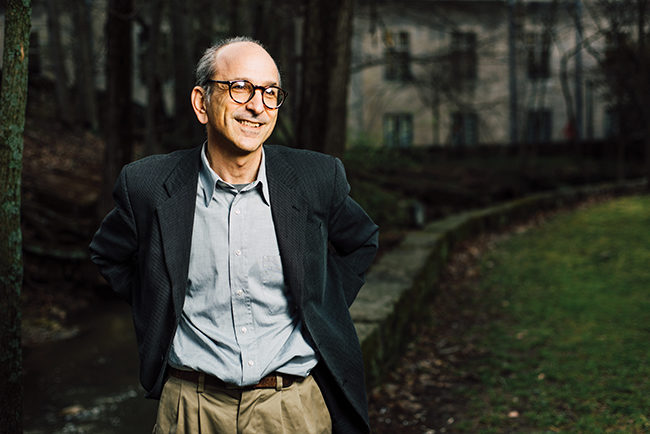
Eric Sandweiss. Photo by Stephen Sproull
BY CARMEN SIERING
Transitions can be difficult, so in 2002, when Eric Sandweiss was considering a position as the Carmony Chair of History at Indiana University, he and his wife, Lee, were grateful they had friends who lived in Bloomington. “Part of what made the place attractive was that John [Hamilton] and Dawn [Johnsen] were here. They put us up when we visited,” Sandweiss says. “It was a hard decision and a long back and forth. They were good boosters for Bloomington.”
Sandweiss, 56, and Hamilton have known one another for years. “We were friends throughout college and stayed in touch beyond that,” Sandweiss says. They even lived together for a time — the two were roommates during their senior year at Harvard University.
When Hamilton was elected mayor of the City of Bloomington and asked for help with his own transition, Sandweiss says he was happy to return the favor. “Lee and I had volunteered for the campaign,” he says. “We believe in him as a person and as a public official.”
Sandweiss has been the Carmony Chair since that visit in 2002. He’s also the editor of the Indiana Magazine of History and, since 2014, the chair of the IU Department of History. He and Lee have twin sons: Noah attends IU; Ethan is studying at Reed College in Portland, Oregon.
The family moved here from St. Louis, Missouri, Sandweiss’ hometown and where he returned after graduate school to serve as director of research at the Missouri Historical Society. “I stumbled into something that worked for me,” he says. Interestingly, his doctorate from the University of California, Berkeley, while in history, is from an architectural school.
Sandweiss has always been interested in the urban landscape. “As a kid I looked at maps and memorized streets,” he says. As an undergraduate he continued to study urban culture and history. “After college I lucked into a job in San Francisco in city planning,” Sandweiss says. After a few years he realized he had little knowledge of how the urban landscape worked. “So I chose an architectural program to learn the nuts and bolts and the history of it,” he explains.
Sandweiss says he finds his area of research, what he calls “public history,” fascinating for many reasons. For one thing, he says, it helps you make connections between the present and the past. For example, he points out, “Conversations about buildings [in downtown Bloomington] today are the continuation of conversations that have been going on since the early 1800s.”


